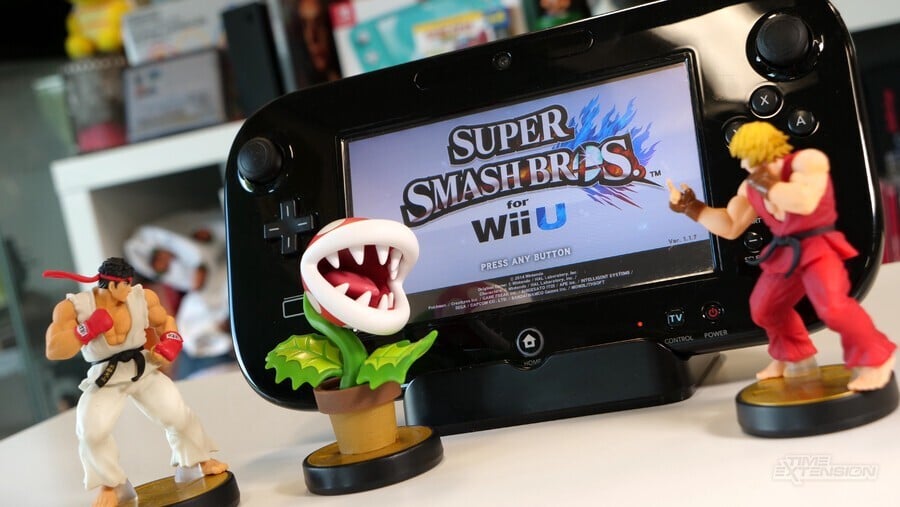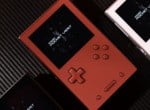
The Wii U GamePad is surely one of Nintendo's most contentious innovations. On one hand, it offered asymmetric gameplay possibilities that had never been witnessed before, and also allowed you to play games on the controller when the main TV was being used for something else—a feature which, you could argue, directly inspired its successor, the Switch.
On the downside, the Wii U GamePad was criminally underused and, beyond a handful of titles, never really justified itself. It was also hamstrung by the fact that only one player could use it (Nintendo never did follow through on its claim that multiple GamePads could be connected to a single console), and its battery life was disappointing.
Perhaps the single biggest headache regarding this controller is the fact that Nintendo never sold it separately in the West (it did in Japan, but it was region-locked); the only way to buy another one was literally to purchase a second Wii U. Fast forward to the present day, and this decision has had serious ramifications for those wanting to revisit Nintendo's ill-fated home system—when a Wii U GamePad breaks, it effectively means the main console itself is also near-useless as you can't easily get a replacement.

That's where developer MattKC comes in. He's creating an open-source Wii U GamePad emulator that will allow you to use devices like the Steam Deck, Android phone or even your Nintendo Switch to act as a second-screen controller for your main Wii U console.
Vanilla Wii U is "a work-in-progress software clone of the Wii U gamepad for Linux (including Raspberry Pi and Steam Deck) and Android," says MattKC (thanks, Hackaday). "At a minimum, you will need an adapter that supports 802.11n 5GHz. Newer standards (e.g. 802.11ac) are backwards compatible and should work as long as they can run at 5GHz."
Here's the full list of supported hardware:
- Steam Deck
- Linux (check Wi-Fi hardware compatibility)
- Nintendo Switch (requires Broadcom firmware patch or external Wi-Fi adapter)
- Android (currently frontend only)
- Windows (currently frontend only)
- Raspberry Pi (requires external Wi-Fi adapter)
iOS support is also planned.
Given how many faulty GamePads there must be out there—and taking into account the fact that Nintendo no longer sells or repairs Wii U hardware—this emulator could become a vital tool when it comes to preserving the gameplay experience of this oft-misunderstood system.





